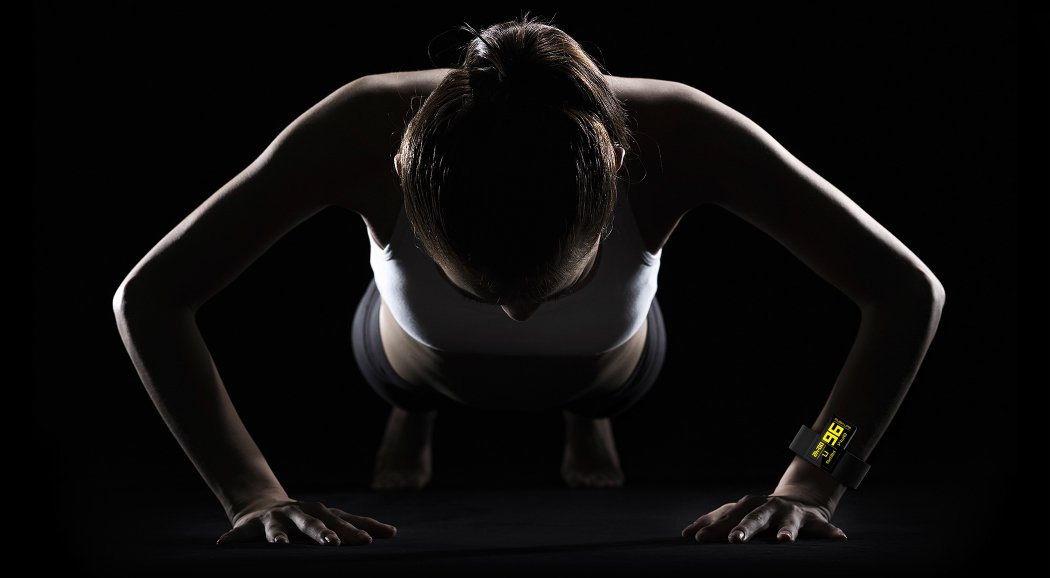
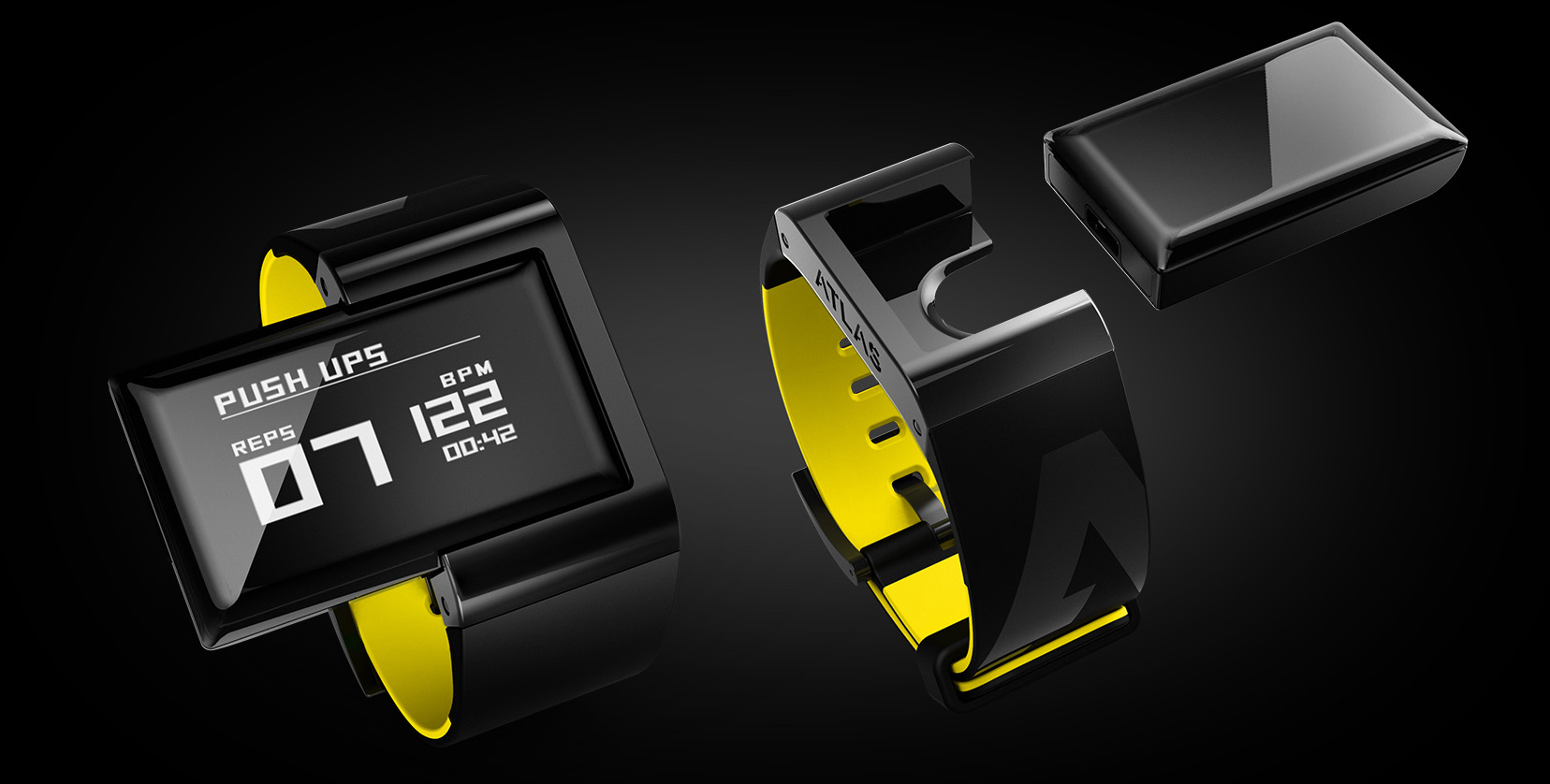
The Atlas Wristband is a fitness wearable that uses multiple sensors and advanced algorithms to accurately track every nuance of motion. This detailed analysis of fitness helps users become more informed and engaged in their fitness goals than ever before.
After developing a class of cutting-edge motion analysis tools Atlas approached us with their vision for a fitness wearable that knows exactly what activity you’re doing and the quality of your form in real time. They wanted to develop a product that could guide a user through their routine without getting in the way. It needed to adapt to a user’s activities but still be simple to use. Working together with Atlas’s team, we designed the Atlas wearable to be compact, modular, and intuitive.
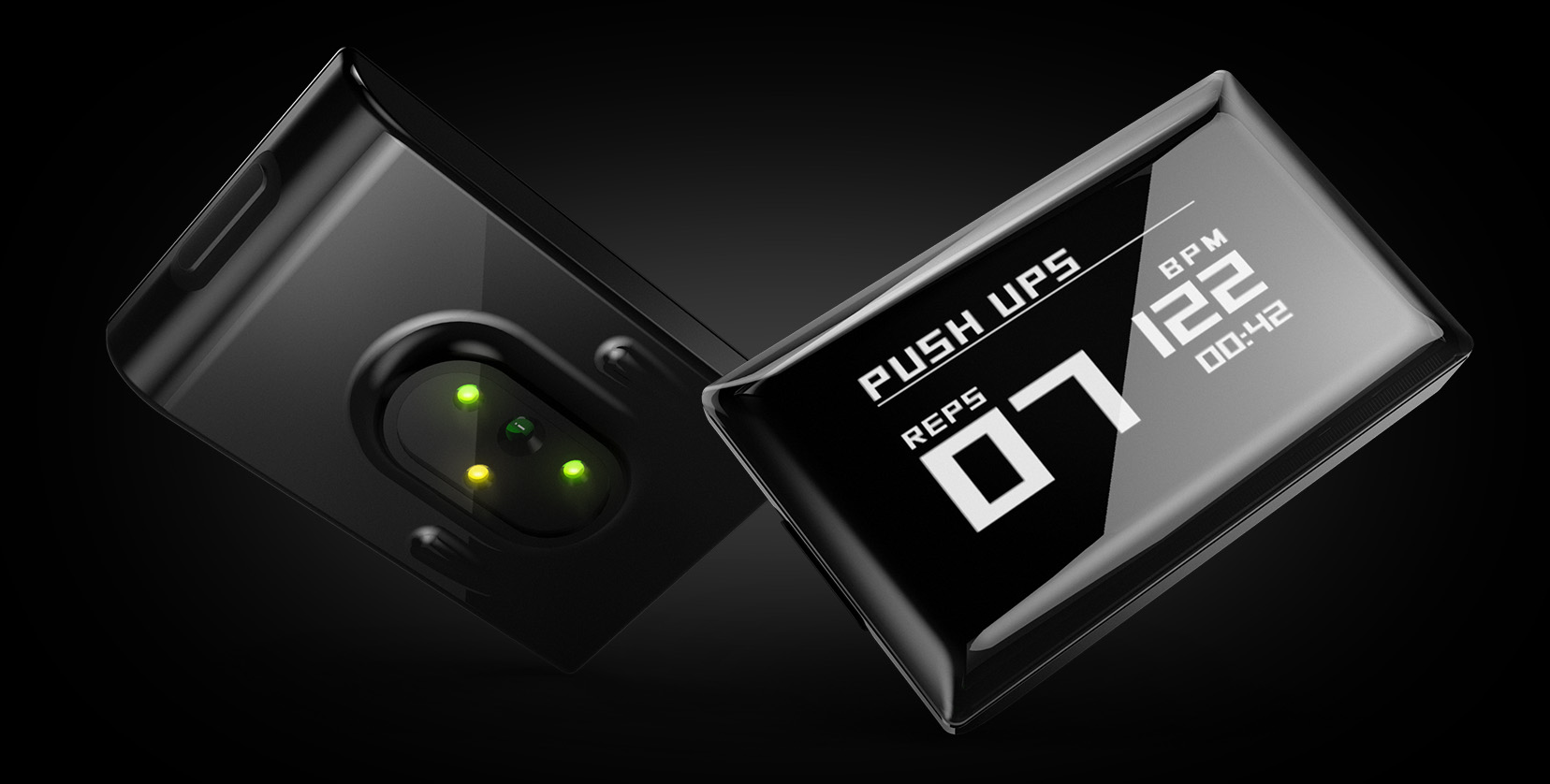
The Atlas Wristband was designed for the modern and tech-savvy fitness enthusiast, as expressed through its clean and quiet aesthetic. Much of the user experience revolves around interaction with the software, and the carefully-considered hardware design supports this dynamic. The minimal band is free of visual distraction and the high-contrast OLED screen is bright and visible, featuring soft contouring that is inviting to touch. Users interact with the Atlas Wristband in a fast-paced and high-intensity environment, so it’s important that the form factor quickly and clearly communicates on-screen information.
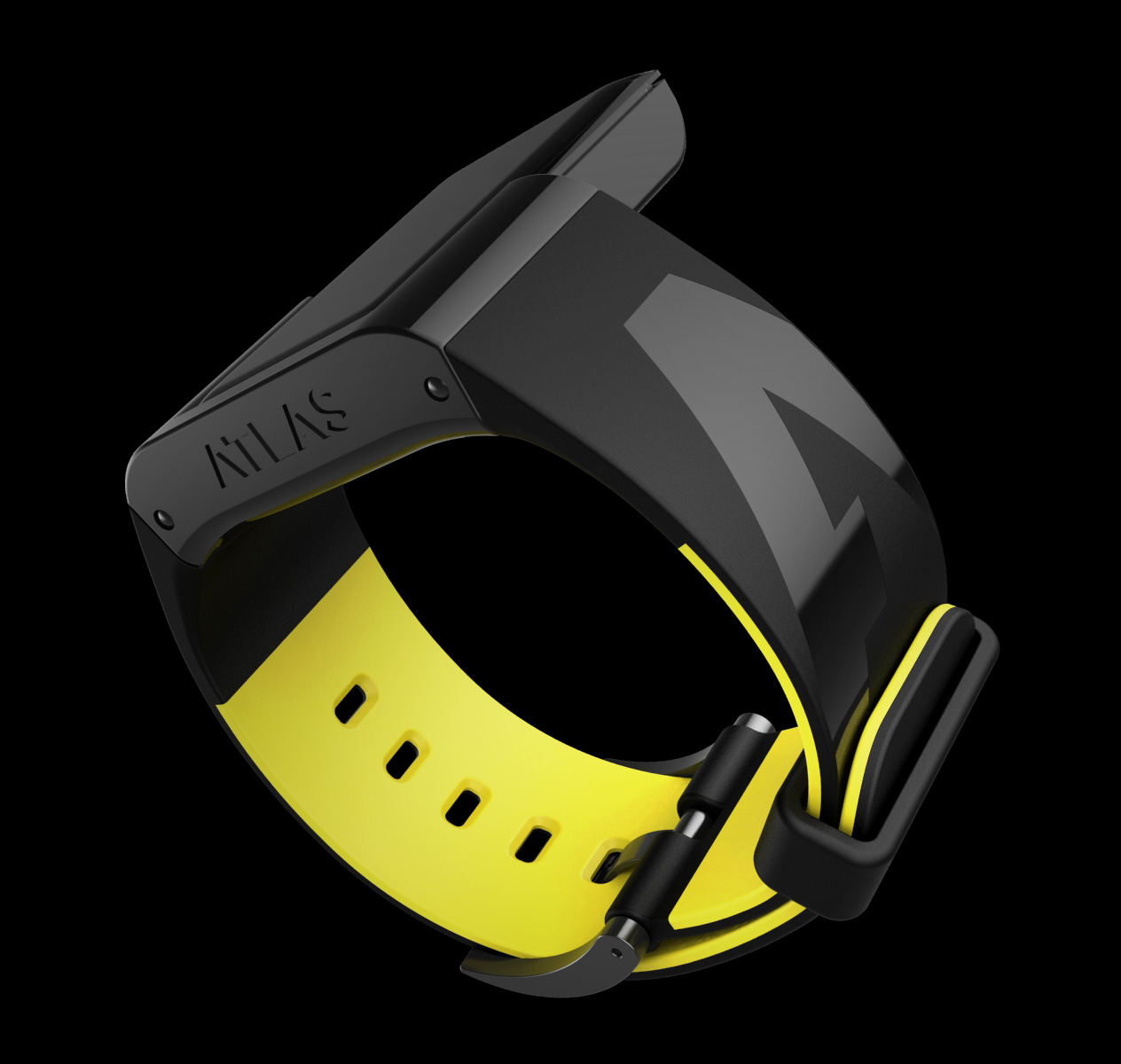
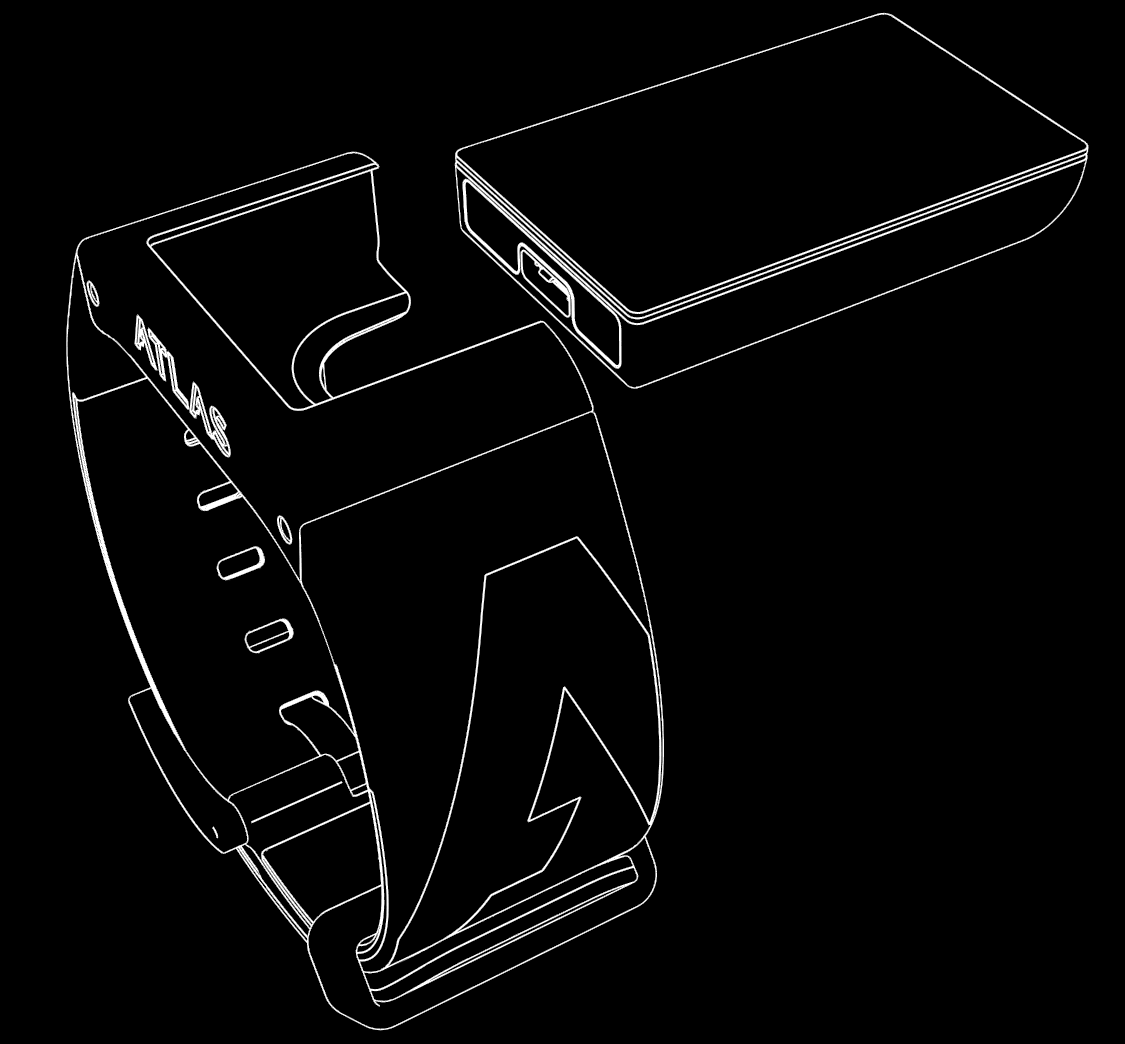
Modularity was at the core the Atlas’s design philosophy from the very beginning, resulting in a unit that can adapt to a range of activities and use-styles through alternative straps and mounts. The core Atlas module slides into a magnetic dock that is secure, simple, and delightful to use. This ease of use makes charging a snap and creates a frictionless product experience.

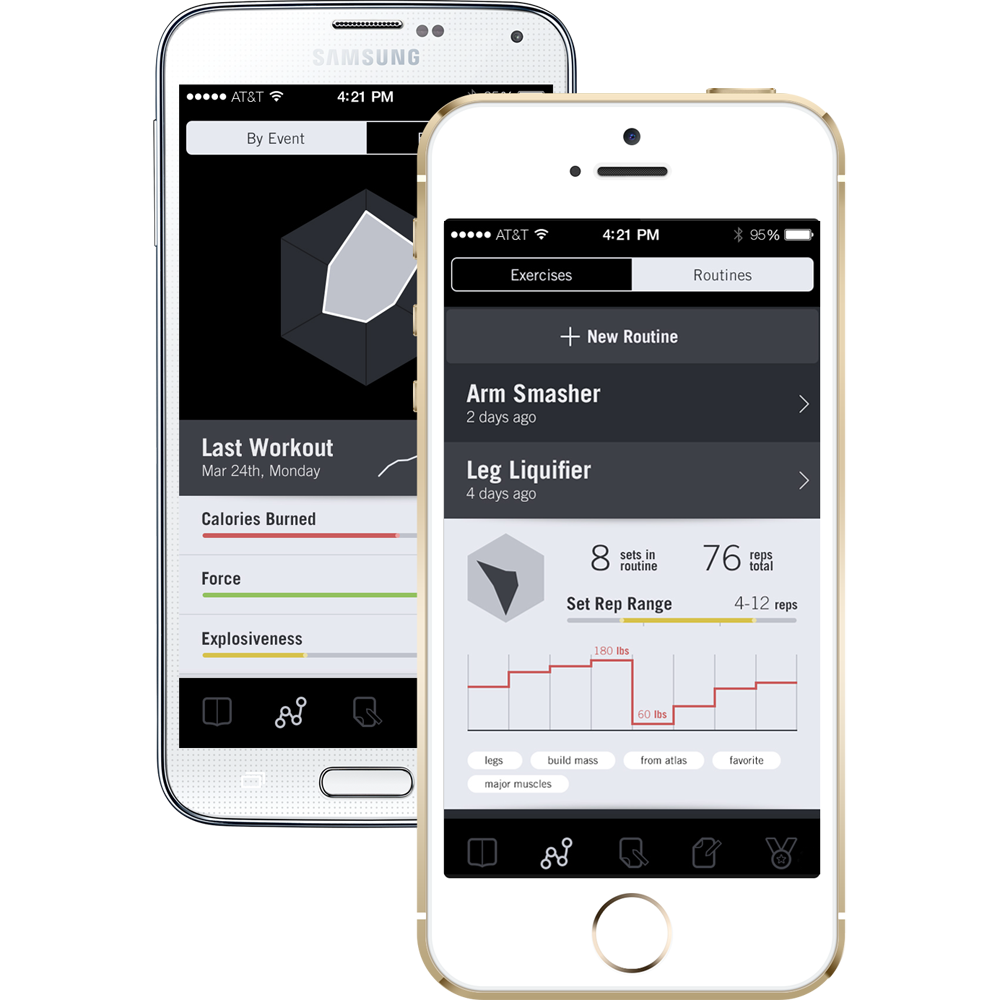
Our team worked with Atlas to define the user experience of the Atlas fitness system. This experience spans beyond the wearable device itself; a mobile application distills the advanced analytics of the Atlas wearable into visual trends and turns data comparisons into actionable suggestions. We explored the implications of real-time feedback on the wearable device, quantification of data once it’s synced to the mobile application, and social engagement through online profiles with fitness gameification. The results of this study were captured in interface mockups that visually described the interaction flow for both the wearable device and the mobile application.
